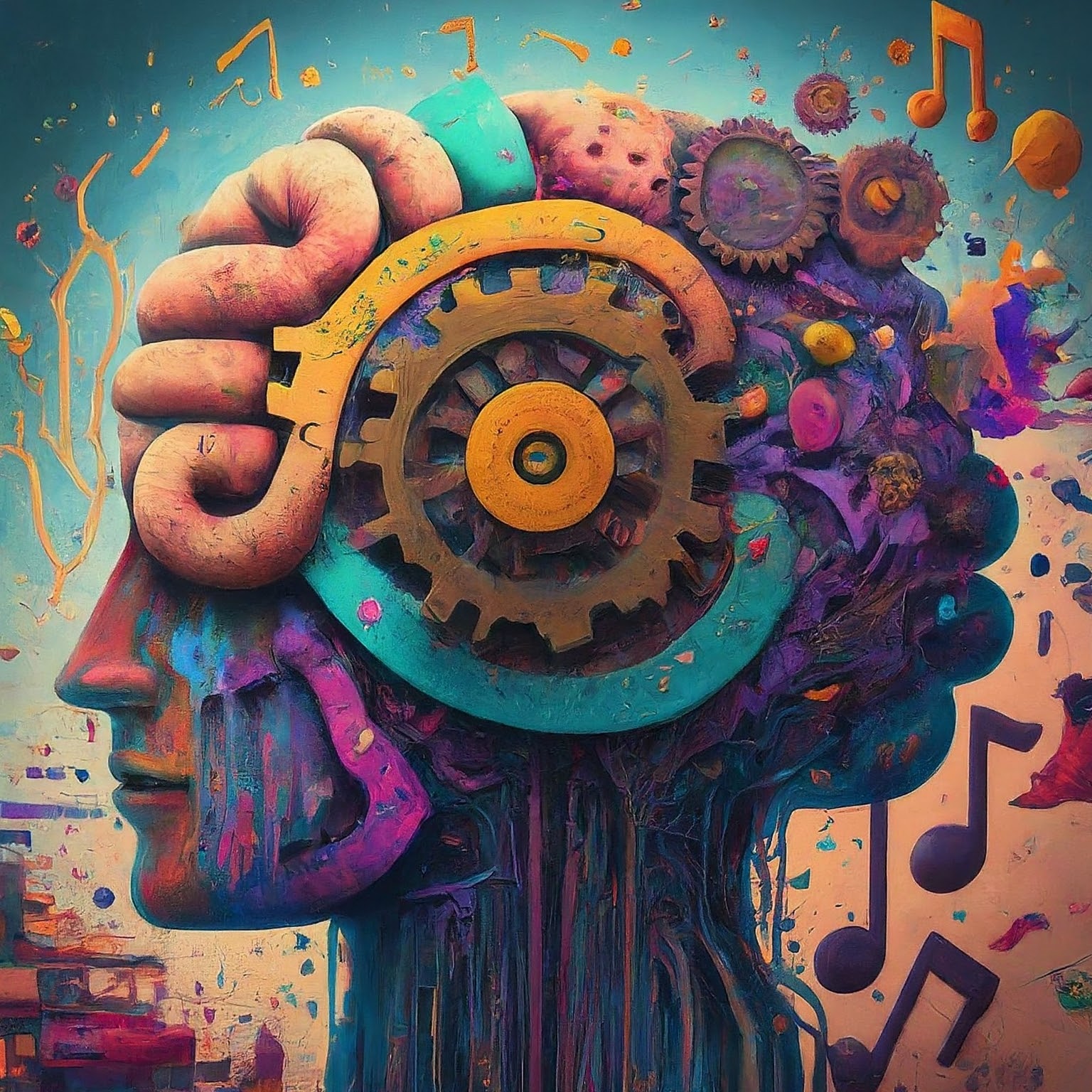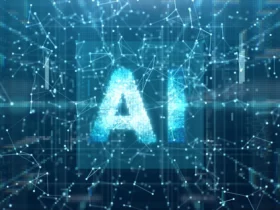Artificial Intelligence (AI) technology is constantly evolving, opening up new possibilities in various fields. One of the most exciting breakthroughs in AI is Generative Adversarial Networks (GANs), a deep learning architecture capable of generating realistic new data.
What are GANs?
GANs consist of two neural networks that work against each other: the generator and the discriminator.
- The generator acts as the AI artist, trying to create new data that is similar to the real data.
- The discriminator acts as the AI critic, tasked with distinguishing between real and fake data generated by the generator.
These two networks are traine together in an adversarial “game” where the generator tries to fool the discriminator, and the discriminator tries not to be fooled. Over time, the generator becomes better at generating realistic data, and the discriminator becomes better at distinguishing between real and fake data.
How do Generative Adversarial Networks Work?
The GANs training process involves several steps:
- Training data: First, GANs require a dataset containing real data. This dataset can be images, text, audio, or any other type of data.
- Initialization: The generator and discriminator are initialized with random parameters.
- Training: The generator and discriminator are trained alternately.
Generator step: The generator generates new data and tries to fool the discriminator into believing that it is real. Discriminator step: The discriminator analyzes the data (both real and fake) and tries to determine whether it is real or fake.
- Refinement: Based on the discriminator’s analysis, the generator is updated to generate more realistic data in the next iteration.
- Repetition: Steps 3 and 4 are repeated until the generator is able to generate realistic data that is difficult to distinguish from real data.
Applications of GANs
GANs have a wide range of potential applications in various fields, such as:
1. Image Generation
GANs can be use to generate realistic images, such as human faces, animals, landscapes, and abstract objects. This capability is useful for various applications, such as:
- Digital art: Creating unique and innovative digital artwork.
- Graphic design: Generating appealing product images and designs.
- Image editing: Repairing damaged images or improving image quality.
2. Text Generation
GANs can be use to generate coherent and realistic text, such as news articles, fictional stories, and poetry. This capability is useful for various applications, such as:
- Creative writing: Creating engaging and inspiring fictional stories.
- Journalism: Producing informative and accurate news articles.
- Chatbots: Developing chatbots that can communicate naturally with humans.
3. Music Generation
GANs can be use to generate realistic and coherent music, such as melodies, harmonies, and rhythms. This capability is useful for various applications, such as:
- Music composition: Creating unique and innovative musical pieces.
- Music production: Producing background music for movies, video games, and commercials.
- Music therapy: Developing music that can help patients with specific medical conditions.
4. Language Translation
GANs can be use to translate text from one language to another with greater accuracy and naturalness. This capability is useful for various applications, such as:
- Document translation: Translating official documents, such as birth certificates and passports.
- Software localization: Translating software into multiple languages.
- Film subtitling: Translating film dialogue into multiple languages.
5. Style Transfer
GANs can be use to transfer the style of one image to another. This capability is useful for various applications, such as:
- Digital art: Creating digital artwork in the style of a favorite artist.
- Image editing: Changing the style of an image according to your preferences.
- Image restoration: Restoring damaged images with the same style.
Challenges and Future of Generative Adversarial Networks
There are some challenges that need to be fix, such ass :
- Training stability: Unstable training, which can lead to inconsistent results.
- Mode collapse: In some cases, the generator only produces a few types of data, instead of generating a variety of realistic data.
- Data bias: GANs can inherit the biases that exist in the dataset used to train them.
Researchers are constantly working to address these challenges and develop more stable, robust, and fair GANs. With the advancement of AI technology, GANs have the potential to revolutionize various fields and open up new possibilities for creativity and innovation.






